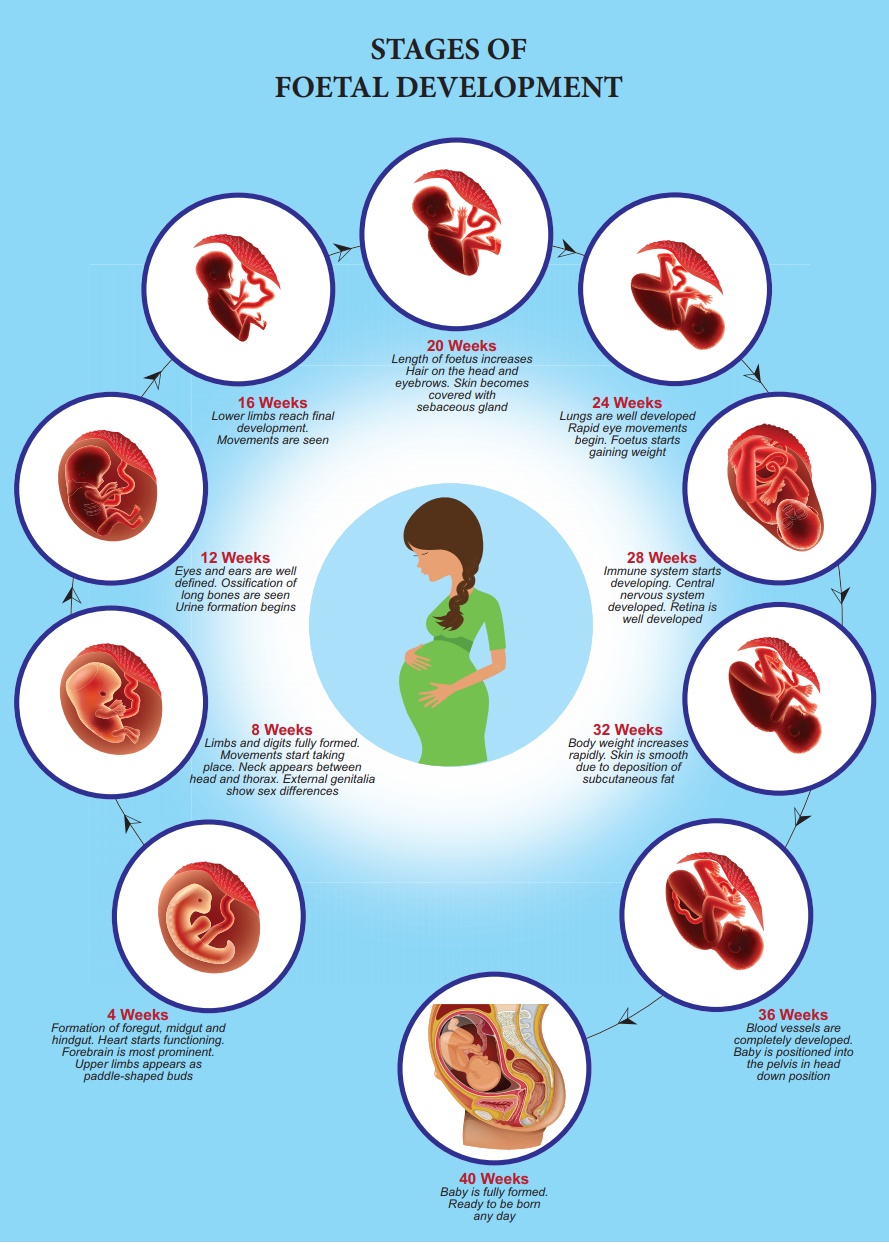Zoology - Human Reproduction | 12th Zoology : Chapter 2 : Human Reproduction
Chapter: 12th Zoology : Chapter 2 : Human Reproduction
Human Reproduction
Human Reproduction
Every organ system in the
human
body works continuously to maintain homeostasis for the survival of the
individual. The human reproductive system is essential for the survival of the
species. An individual may live a long healthy life without producing an
offspring, but reproduction is inevitable for the existence of a species.
The reproductive system
has four main functions namely,
·
to produce the gametes namely sperms and ova
·
to transport and sustain these gametes
·
to nurture the developing offspring
·
to produce hormones
The major reproductive
events in human beings are as follows:
·
Gametogenesis: Formation of gametes by spermatogenesis
and oogenesis.
·
Insemination: Transfer of sperms by the male into the female genital
tract.
·
Fertilisation: Fusion of male and female gametes to form
zygote, called fertilisation.
·
Cleavage: Rapid mitotic divisions of the zygote which convert the
single celled zygote into a multicellular structure called blastocyst.
·
Implantation: Attachment of blastocyst to the uterine wall.
·
Placentation: Formation of placenta which is the intimate connection
between foetus and uterine wall of the mother for exchange of nutrients.
·
Gastrulation: Process by which blastocyst is changed into a gastrula with
three primary germ layers
·
Organogenesis: Formation of specific tissues, organs and
organ systems from three germ layers.
·
Parturition: Expulsion of the foetus from the mother’s womb.
These functions are
carried out by the primary and accessory reproductive organs. The primary
reproductive organs namely the ovary and testis are responsible for producing
the ova and sperms respectively. Hormones secreted by the pituitary gland and
the gonads help in the development of the secondary sexual characteristics,
maturation of the reproductive system and regulation of normal functioning of
the reproductive system. The accessory organs help in transport and to sustain
the gametes and to nurture the developing offspring.







Related Topics